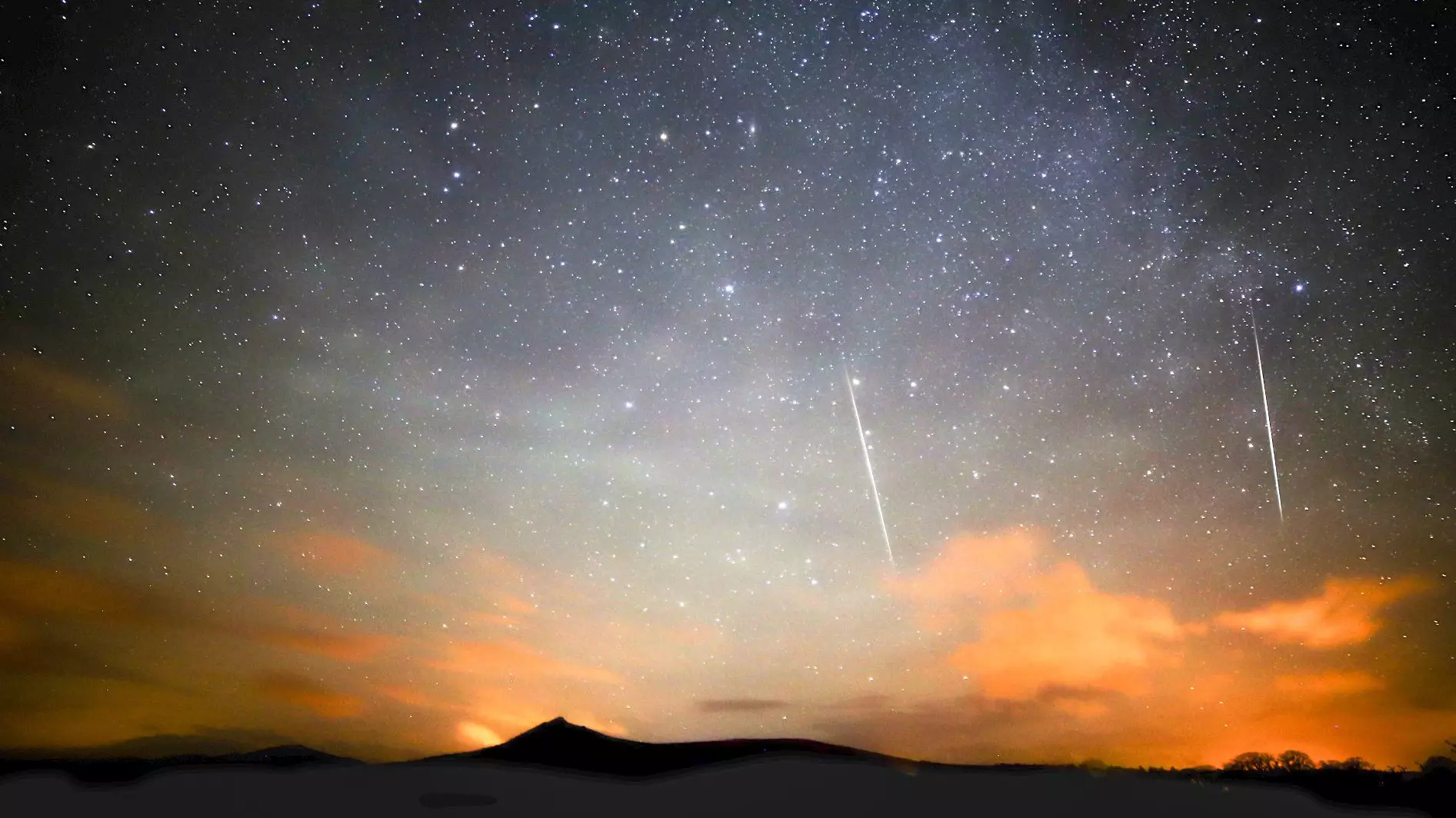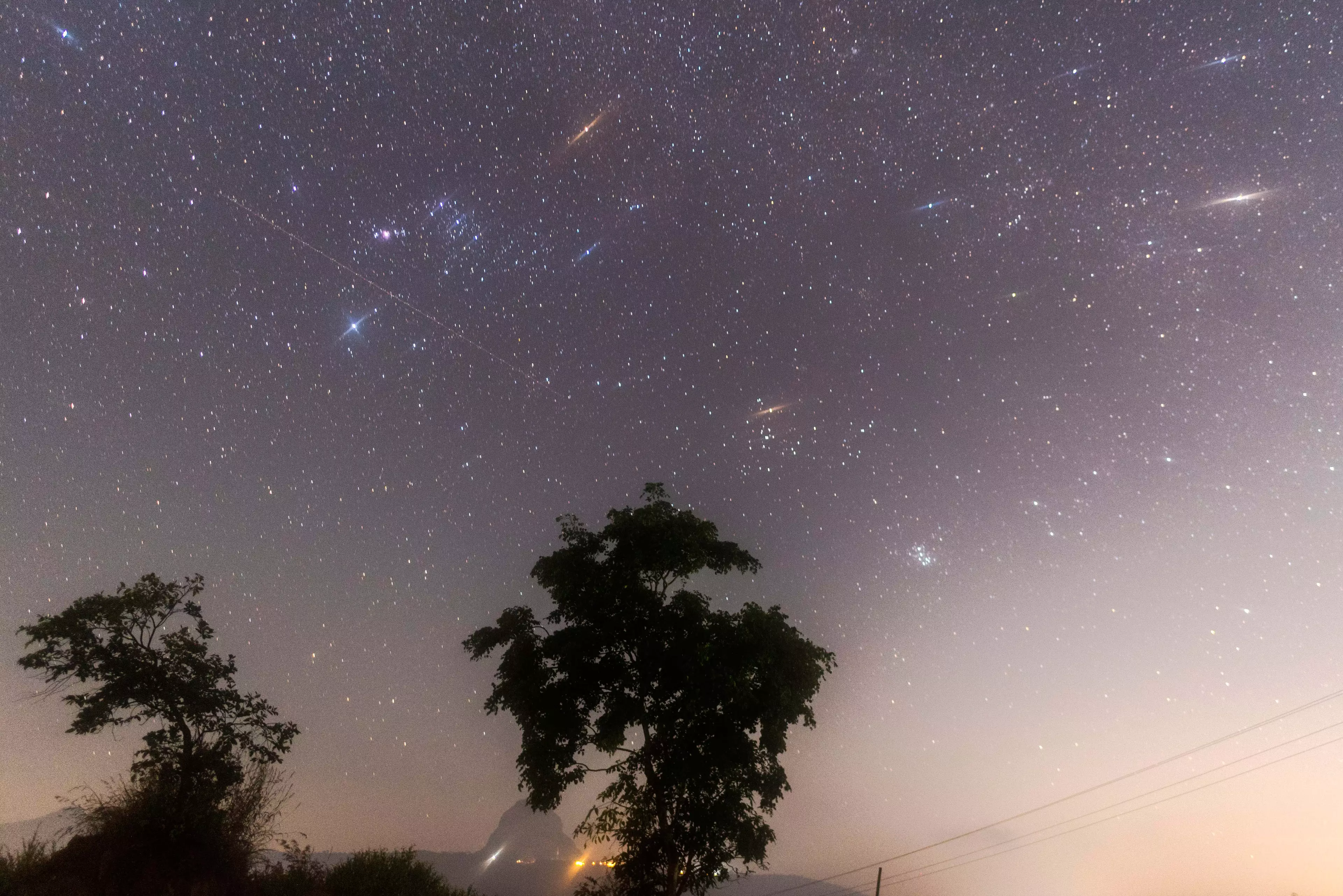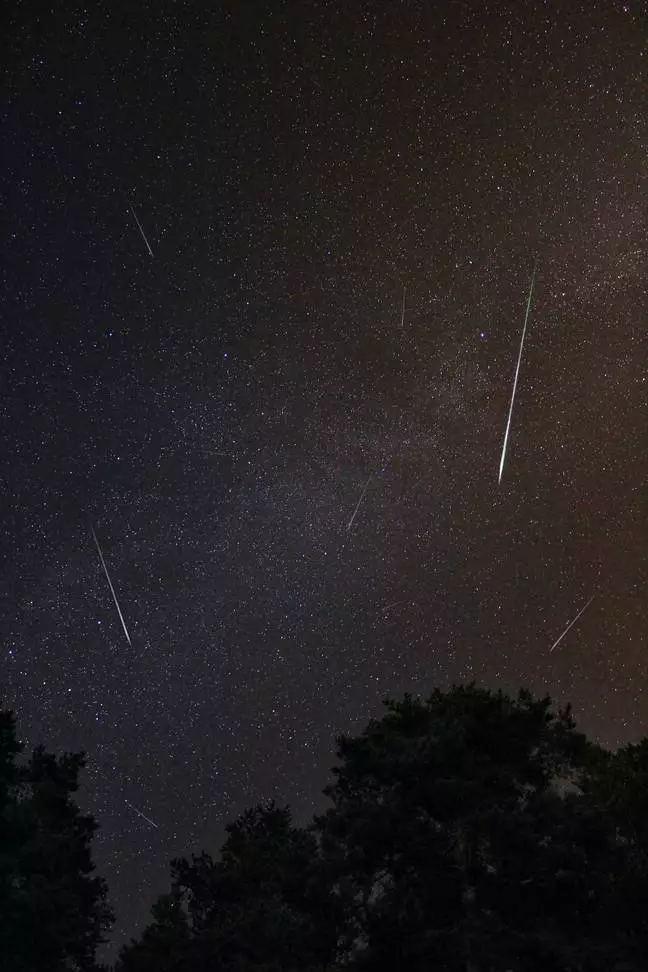
Eager stargazers, take note, as this weekend sees the peak of the annual Geminid meteor shower, and it's set to be a dazzling display of lights.
The magnificent array of stars - over 100 multi-coloured shooting stars, in fact - will shine yellow, green, blue and red as they streak across the sky at around 78,000 miles per hour.
The annual cosmic event occurs between the 4th and 17th December this year but the best night to see the sky light up is this weekend - from Sunday night into Monday morning, to be exact.
Advert
Those of us in the Northern Hemisphere will be able to see the spectacular sight throughout the night on the 13th, according to NASA, with the show's peak at around 8pm ET (that's around 1am our time), while the Southern Hemisphere will experience it at around midnight local time.

The stars that shine the brightest will leave a glowing trail behind them, so it's worth staying up for.
In a statement, Diana Hannikainen, observing editor at Sky & Telescope, said: "It's worth braving the cold during this shower's peak.
Advert
"The Geminids offer the best display of 'shooting stars' all year."
She advised: "If you've got a clear, dark sky with no light pollution, you might see a meteor streak across the sky every minute or two from 10pm until dawn on the night of the peak."

So, what's the best way to catch this incredible display?
Advert
According to NASA, staying away from bright lights is key.
"If it's not cloudy, get away from bright lights, lie on your back, and look up. Remember to let your eyes get adjusted to the dark - you'll see more meteors that way.
"Keep in mind, this adjustment can take approximately 30 minutes. Don't look at your cell phone screen, as it will ruin your night vision!"
NASA added: "Meteors can generally be seen all over the sky. Avoid watching the radiant because meteors close to it have very short trails and are easily missed.
Advert
"When you see a meteor, try to trace it backwards. If you end up in the constellation Gemini, there's a good chance you've seen a Geminid."
We'll be setting our alarms for this one!
Featured Image Credit: Shutterstock